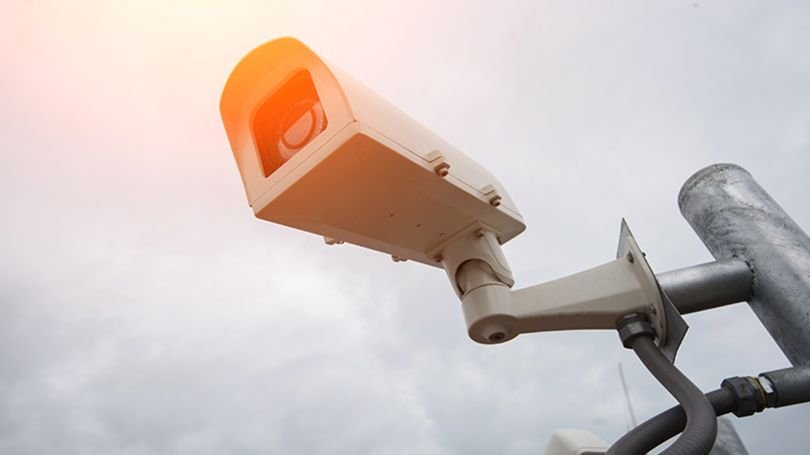In recent years, construction sites have become prime targets for vandalism, causing costly damages and project delays. To combat this, many industry professionals have turned to smart surveillance systems as a solution. While these systems can be beneficial, there are several reasons why relying solely on them may not fully prevent vandalism on building sites.
1. Limited Deterrent Effect on Determined Vandals
Smart surveillance cameras may deter opportunistic vandals, but they may have little impact on determined individuals who are set on causing damage. Vandals who know the layout of the site may even find ways to stay out of view or damage the cameras themselves. Without additional preventive measures, simply recording incidents isn’t always enough to stop them.
2. The Risk of Blind Spots and System Failures
Surveillance cameras require a comprehensive setup and regular maintenance. If any camera malfunctions or is positioned poorly, there could be blind spots, which vandals can exploit. Power outages, connection failures, or software glitches may render the system ineffective at crucial moments, leaving parts of the site vulnerable.
3. High Costs and Limited ROI for Smaller Sites
Implementing a high-quality smart surveillance system can be expensive, which may not be feasible for smaller construction projects with limited budgets. These systems can require significant initial investments, ongoing maintenance costs, and additional fees for storage or monitoring services. For smaller sites, the costs may outweigh the benefits, especially if vandalism is a low-probability risk.
4. Delayed Response and Lack of Immediate Intervention
Even when smart surveillance detects vandalism in real-time, there may still be a delay in response time. If no one is available to respond immediately, the damage can still occur. Without on-site security personnel or remote monitoring staff who can intervene instantly, surveillance alone often only records the incident rather than preventing it.
5. Privacy Concerns and Legal Limitations
Some sites may face legal restrictions on surveillance, especially if the construction site is near residential areas or shared spaces. Privacy concerns can lead to regulations that limit the placement and use of cameras. This creates additional obstacles for implementing an all-encompassing surveillance system that would cover every vulnerable area.
6. Vandals Becoming Smarter with Technology
Today’s vandals can be technologically savvy. Many know how to avoid detection by wearing disguises or using devices that interfere with camera signals. In some cases, they may even use drones to scout the area before approaching. As a result, even the smartest systems may not stay ahead of these tactics without frequent upgrades and additional security measures.
7. Alternative Prevention Methods Are Also Necessary
To truly protect a building site from vandalism, a combination of preventive measures is essential. Physical barriers such as fencing, on-site security personnel, and proper lighting all contribute to creating a secure environment. Relying solely on smart surveillance can lead to gaps in security, whereas an integrated approach offers more comprehensive protection.
Conclusion
While smart surveillance systems offer significant advantages for monitoring and recording site activity, they shouldn’t be considered a standalone solution for preventing building site vandalism. A balanced approach that includes physical security, regular staff presence, and other deterrents can offer far better protection against vandalism. Ultimately, a smart surveillance system can be an important tool in a broader security strategy but should not be the only line of defense.


